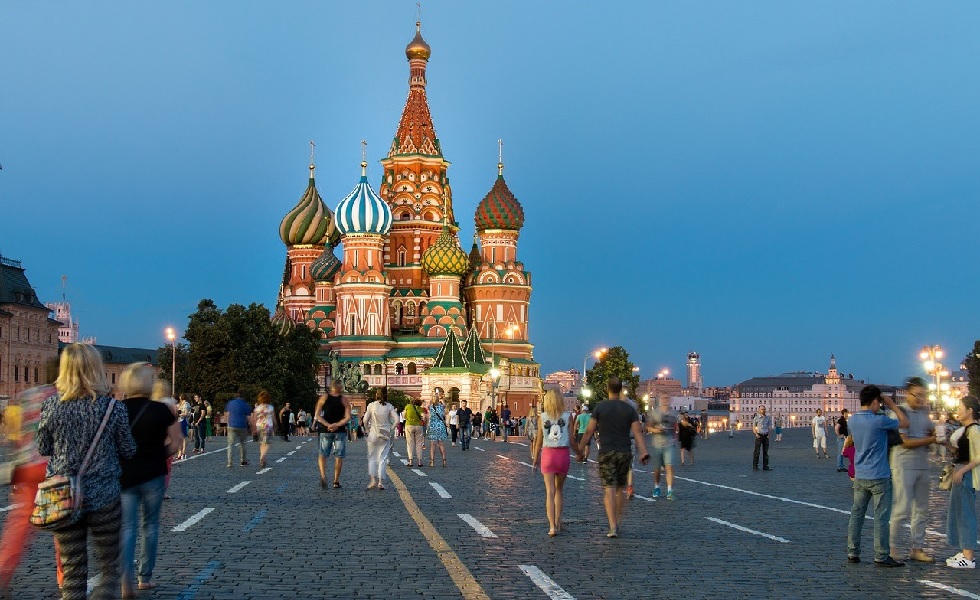La Française: Is Russia in danger of default?
La Française: Is Russia in danger of default?

By Gaël Binot, Emerging Markets Fixed Income Manager, La Française AM
At a time when war is raging in Ukraine and Western sanctions against Russia are increasing day by day, in particular with the sanctions targeting the Russian financial sector, an important question arises: is there a risk of the country defaulting on its sovereign debt?
The three main rating agencies (S&P, Moody's and Fitch) downgraded the country's rating to close to default level. On 17 March, S&P declared: "At this point, we consider Russia's debt to be highly vulnerable to non-payment". For the financial markets, the probability of a default over a five-year horizon is also very high and currently stands at 88%. (Source: Bloomberg, 23/3/2022)
Two questions come to mind: can Russia meet the payments due on its loans (interest and principal) and does it want to?
Russian public debt stands at 18% of the country's GDP (Source: IMF WEO October 2021), which makes it one of the least indebted countries in the world. The country is in budget surplus. Moreover, Russia has accumulated significant foreign exchange reserves since the annexation of Crimea in 2014 and holds $643 billion in foreign exchange reserves (Source: Bank of Russia, as at 18/2/2022) and a National Wealth Fund which has accumulated $174.9 bn. Source: Russian Ministry of Finance, 01/02/2022)
Imports from Russia in 2021 stood at $293 bn (Source: Trade Map). In the third quarter of 2021, the needs over a two-year horizon for the refinancing of all of Russia's foreign currency debt (public and private) were $129 bn (Source: JP Morgan). With regard to its main foreign exchange needs, Russia's foreign exchange reserves are largely sufficient to cover them.
However, sanctions have proven to be a game-changer for Russia. In response to the invasion of Ukraine, the West has implemented sanctions to suffocate the Russian economy.
The Russian financial sector has been affected by a wide range of sanctions with restrictions on access to international financial markets, the removal of access to the Swift system for international payments and the freezing of part of the Central Bank of Russia's reserves, amounting to approximately $300 bn according to Reuters. The US will allow the receipt of interest payments from the Russian Central and State Bank until 25 May. However, from that date onwards, US nationals will need to obtain a specific licence to continue receiving such payments.
Russian exports ($491 billion in 2021, Trade Map) have also been affected, notably with the suspension of oil and gas imports by the United States. But the energy sector, which represents the largest share of Russian exports (43% in 2021 according to Trade Map) has so far been relatively untouched by the restrictions. Europeans are heavily dependent on Russian fossil fuels (EUR 99 bn of imports by the EU, source: Eurostat) and they are, at present, reluctant to penalise their key supplier in this field.
In response to the shortage of foreign capital and the collapse of the rouble, the Russian Central Bank intervened to stabilise the currency. More recently, it also suspended the sale of foreign currency until 9 September.
Under these conditions, Russia still seems to be able to meet its short-term payment obligations. However, the longer the sanctions endure and continue to limit access to capital inflows and foreign exchange, the greater the risk of default for Russia.
On 5 March, Vladimir Putin signed a decree threatening to reimburse, in roubles, the creditors of hostile countries holding debts issued in foreign currency, which can be considered as a default for this type of debt. Nevertheless, there are a number of foreign currency issues in circulation that offer the possibility of repaying creditors in roubles under certain conditions, which would not trigger a default on the Russian debt. It is therefore difficult to know which loans the Russian government is referring to. On the other hand, any change in the repayment currency, if not stated in the issue prospectus, will lead to a default for the country.
Russia is demonstrating that it intends to honour its debt payments...for now. On 16 March, Russia met its coupon redemption obligations in dollars, for $117 M on two issues maturing in 2023 and 2045, thus avoiding an immediate payment default. But there are still around twenty maturities coming to term in 2022, including $2 bn on 4 April.
Given the extreme level of tension, it is difficult to second guess the future intentions of the Kremlin on a voluntary default. If this event were to take place, the country's reputation would be damaged and the default would have a lasting impact on the Russian State's future financing costs from international investors. A voluntary default would mark a renunciation on the part of the Russian State of a short-term normalisation of relations with the West.










